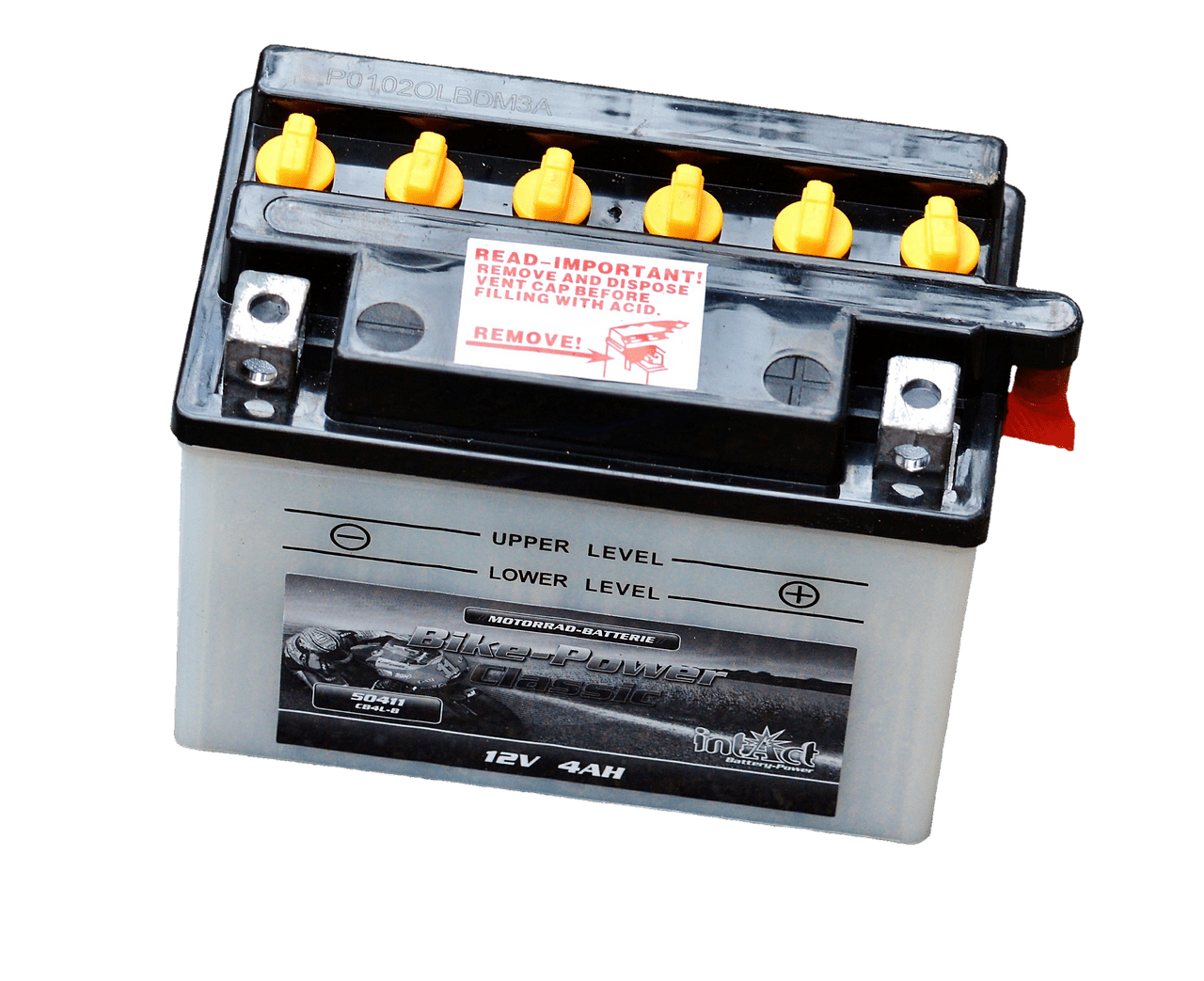Batteries power everything from our remote controls to smartphones, making them essential to our daily lives. With so many types of batteries available in the market, choosing the right one for your device can be challenging. This article will examine everything you need to know before buying batteries from a battery store.
Types of Batteries
The first thing to consider when buying batteries is the type of battery you need. There are several types of batteries, each with its unique properties and uses.
- Alkaline batteries are the most commonly used batteries due to their affordability and widespread availability. They are often used in low-drain devices that don’t require a lot of power, such as remote controls, clocks, and toys. The disadvantage of alkaline batteries is that they have a shorter lifespan than other batteries, so they must be replaced more frequently.
- Lithium-ion batteries are rechargeable and are commonly used in high-drain devices such as smartphones, laptops, and electric cars. They have a longer lifespan than alkaline batteries and can hold a charge for a long time, making them ideal for use in devices that need to be used for extended periods. Lithium-ion batteries are also lighter and more compact, making them a popular portable device choice.
- Nickel-metal hydride batteries are rechargeable and have a longer lifespan than alkaline batteries. They are commonly used in high-drain devices such as digital cameras, gaming controllers, and wireless keyboards. NiMH batteries are an eco-friendly option as they can be recharged multiple times, reducing the need to dispose of used batteries.
Battery Capacity
Battery capacity refers to the amount of energy a battery can store and is measured in milliampere-hours (mAh). The higher the mAh rating, the longer the battery will last. When purchasing batteries, consider the power requirements of the devices you will be using them with and select a battery with sufficient capacity to meet your needs. For example, a device that requires a lot of power, such as a high-end smartphone or tablet, will require a battery with a higher mAh rating than a low-power device, such as a clock or remote control.
Shelf Life
All batteries have a limited shelf life, even when not in use. The shelf life of a battery refers to the amount of time it can be stored before it loses its charge capacity. Alkaline batteries typically have a shelf life of 5-10 years, while lithium-ion batteries have a shorter shelf life of 2-3 years. When purchasing batteries, check the expiration date to ensure you get the freshest. It’s also essential to store batteries in a cool, dry place away from direct sunlight to prolong their shelf life.
Environmental Considerations
Batteries contain hazardous materials that can harm the environment if not disposed of properly. When purchasing batteries, look for brands that prioritise environmental sustainability and offer recycling programs for their batteries. Avoid throwing batteries in the trash and instead recycle them at a designated recycling facility. The battery store of your choice will offer battery recycling services, making it easier for consumers to dispose of their used batteries responsibly.
Brand Reputation
When it comes to batteries, brand reputation matters. Poor-quality batteries can leak, explode, and even cause fires, endangering your safety and damaging your devices. Stick to trusted brands with a reputation for producing high-quality batteries that meet safety standards. Some popular battery brands include Energizer, Duracell, and Panasonic. These brands have a long-standing reputation for producing high-quality batteries that are safe and reliable.
In conclusion, purchasing suitable batteries for your devices is essential for their proper functioning and longevity. Consider the type of battery, capacity, shelf life, environmental considerations, and brand reputation when buying batteries. Considering these factors, you can ensure you get the most out of your batteries while minimising their environmental impact.
Author: Sylvia James

